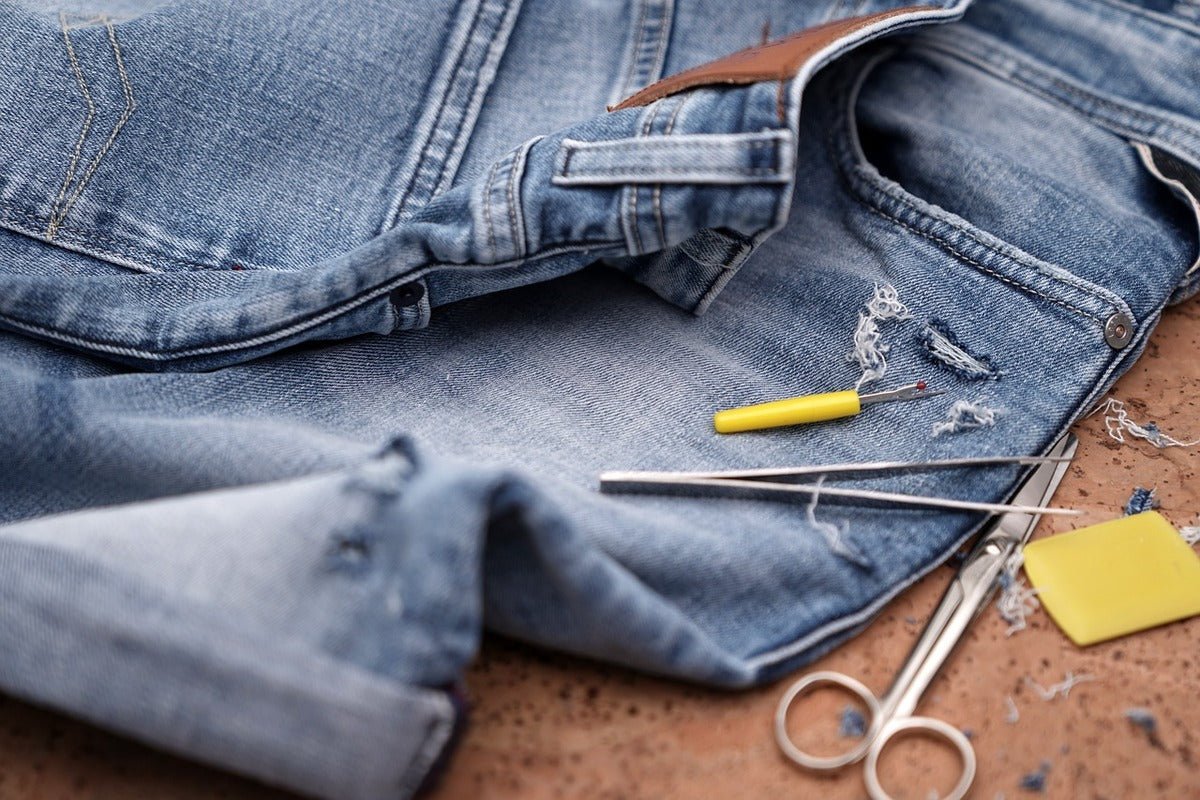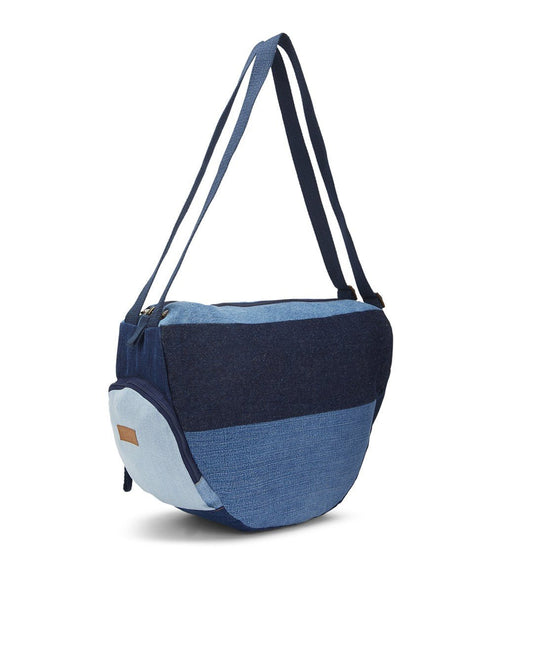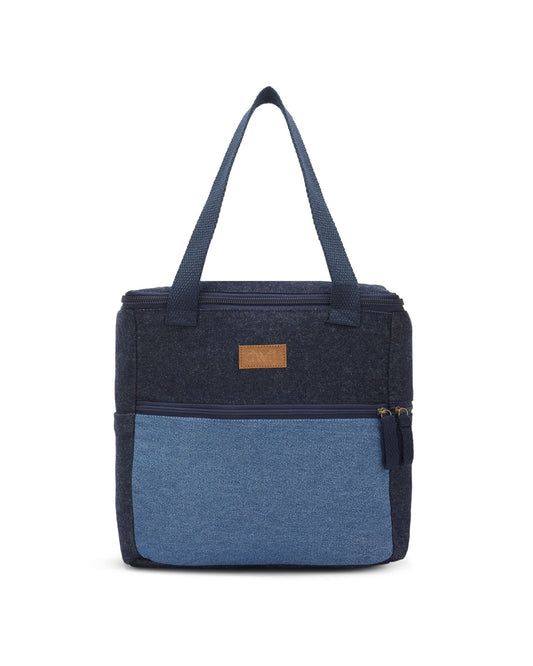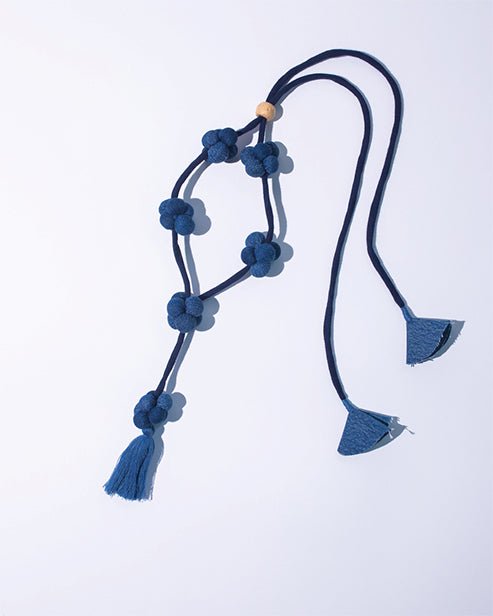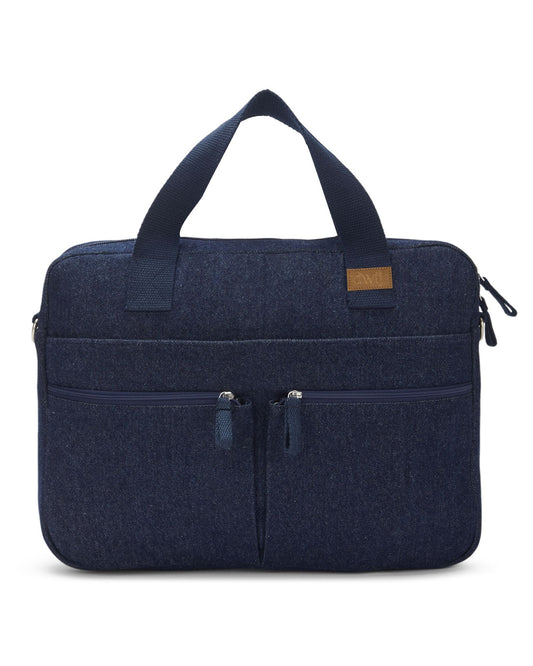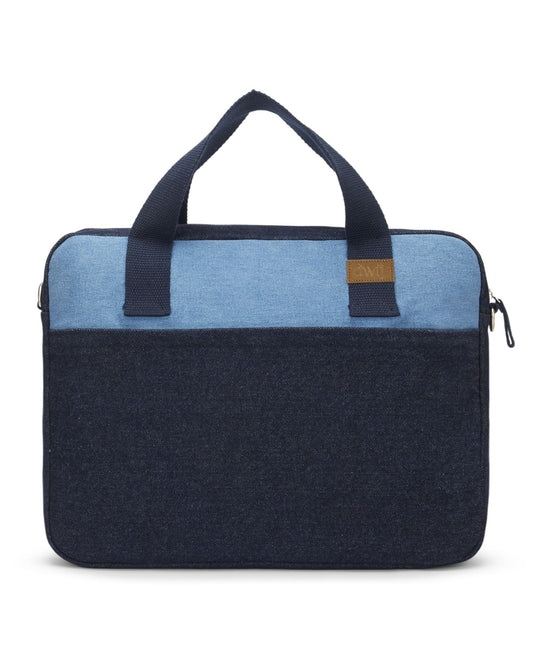Denim is a wardrobe staple for millions worldwide. From jeans to jackets, we love our denim! It’s stylish and comfortable and goes with just about anything. But did you know that denim production has a massive environmental footprint? The fashion industry is one of the biggest contributors to pollution, and denim manufacturing plays a significant role in that. Every step of the denim-making process—growing cotton, dyeing the fabric, and transporting finished products—has a serious impact on our planet.
This is why sustainable fashion and upcycling have become more important than ever. With the rise of fast fashion, millions of jeans end up in landfills every year, contributing to pollution and waste. But there’s a way to enjoy denim without harming the environment—upcycling! We can reduce waste and give old jeans a second life by choosing upcycled products, especially upcycled denim products. This not only helps save the planet but also leads to unique, creative, and high-quality fashion items that stand out.
1. The Environmental Cost of Denim Production
1.1. Water Consumption in Denim Manufacturing
Denim might look cool, but its production process is far from eco-friendly. Making a single pair of jeans takes around 7,500 liters of water—that’s the amount one person drinks in about seven years! This water is used for growing cotton, dyeing the fabric, and other production processes. With water scarcity becoming a serious global issue, using this much water for a single pair of jeans is simply unsustainable.
1.2. Chemical Pollution from Dyeing and Processing
Denim’s signature blue color doesn’t come naturally—it requires heavy chemical processing. Factories use synthetic dyes, which often contain toxic substances like lead, mercury, and cadmium. These chemicals are washed into rivers and oceans, polluting water sources and harming marine life. The runoff from denim factories also affects the people living near these polluted water bodies, leading to severe health issues.
1.3. Carbon Footprint of Denim Production and Transportation
The fashion industry contributes 10% of global carbon emissions, and denim is a major part of this problem. Producing denim requires energy-intensive machinery, and transporting the finished products across the world burns a huge amount of fossil fuels. From growing cotton to delivering jeans to your doorstep, every step adds to the carbon footprint, worsening climate change.
2. Why Upcycling Denim is a Sustainable Solution
Upcycled Denim Jeans Blue Chequered Tote Bag Dark
2.1. Reducing Textile Waste and Landfill Overflow
Every year, 92 million tons of textile waste end up in landfills. A huge portion of this waste comes from discarded denim. Because denim is such a durable material, it takes years to break down, sits in landfills and contributes to pollution. Upcycling prevents old jeans from becoming waste and transforms them into something useful and fashionable instead.
2.2. Conserving Resources by Repurposing Old Denim
Instead of using fresh resources to make new jeans, upcycled denim products use what we already have. This means saving water, reducing chemical pollution, and cutting down on energy consumption. Upcycling denim also reduces the need for raw materials, which in turn helps preserve natural ecosystems and reduces the strain on the environment.
2.3. Lowering the Demand for New Denim Production
The fashion industry operates on supply and demand. If people start choosing upcycled denim products over new ones, manufacturers will be forced to change their production processes. Lower demand for new denim means fewer resources are wasted, and less pollution is created. Upcycling is not just a trend; it’s a movement towards a more sustainable future.
3. Popular Upcycled Denim Products and Accessories
Upcycled Eco-friendly Denim Jeans Lunch Bag (Small)
We offer amazing upcycled accessories. Here are some must-have items from their collection:
-
Upcycled Denim Wallets – Durable and trendy, perfect for everyday use.
-
Denim Tote Bags – Stylish and spacious for all your essentials.
-
Laptop Sleeves – A sleek and sustainable way to protect your devices.
-
Backpacks – Unique, sturdy, and eco-friendly.
-
Pouches & Organizers – Made from upcycled denim scraps, these are perfect for keeping things neat.
3.1. Featured Upcycled Denim Products
3.1.1. Upcycled Denim Laptop Sleeve
This stylish and protective laptop sleeve is made from repurposed denim, offering a unique, eco-friendly alternative to regular sleeves. It’s padded for extra protection, making it a great choice for those who want to keep their devices safe while supporting sustainable fashion.
3.1.2. Upcycled Denim Backpack
A perfect blend of fashion and sustainability, this backpack is made from old jeans and other recycled materials. With multiple compartments and a sturdy design, it’s ideal for students, travelers, and anyone looking to reduce their carbon footprint in style.
3.1.3. Upcycled Denim Tote Bag
This spacious and durable tote bag is great for shopping, work, or casual outings. It features reinforced handles and a chic, patchwork design that makes it stand out while promoting upcycled fashion.
Check out these upcycled denim products here: Dwij Products Accessories
4. How to Upcycle Denim at Home
If you have old jeans lying around, don’t throw them away—upcycle them! Here are some easy DIY ideas:
4.1. Turn Old Jeans into a Denim Tote Bag
-
Cut out fabric from old jeans.
-
Sew the edges together to create a bag shape.
-
Attach denim straps from leftover pieces.
-
Add a button or zipper for extra style!
4.2. DIY Denim Coasters
-
Cut out small squares from denim scraps.
-
Layer them and sew or glue the edges.
-
Add some embroidery for a personal touch!
4.3. Donate Your Old Denim to Be Upcycled
Don’t feel like DIY-ing? No worries! Dwij accepts old denim donations and transforms them into upcycled products. Instead of throwing away your jeans, donate them to Dwij and let them work their magic!
5. Conclusion
Denim may be a fashion favorite, but its environmental cost is too high to ignore. By making sustainable fashion choices—like supporting upcycled denim products or trying DIY upcycling—we can reduce waste, conserve resources, and lower our carbon footprint.
It’s time to rethink fashion and embrace upcycled accessories and clothing. Whether you buy from brands like Dwij or create your own upcycled products, every small step counts. Let’s make sustainability stylish!
FAQs
1. What are the benefits of upcycled denim products?
Upcycled denim products help reduce waste, save water, cut down on pollution, and create unique, one-of-a-kind fashion pieces.
2. How is upcycling different from recycling denim?
Upcycling transforms old denim into new, high-quality products without breaking down the fabric. Recycling, on the other hand, involves shredding denim and turning it into lower-quality material.
3. Are upcycled denim accessories durable?
Yes! Denim is naturally tough, and upcycled denim products are crafted to last just as long as new ones—if not longer.
4. Where can I buy upcycled denim products?
You can find amazing upcycled denim products at brands like Dwij. Check out the collection
5. Can I sell my own upcycled denim products?
Absolutely! If you have a creative streak, you can upcycle old denim into unique fashion items and sell them online or at local craft markets. There’s a growing demand for sustainable, handmade fashion!

